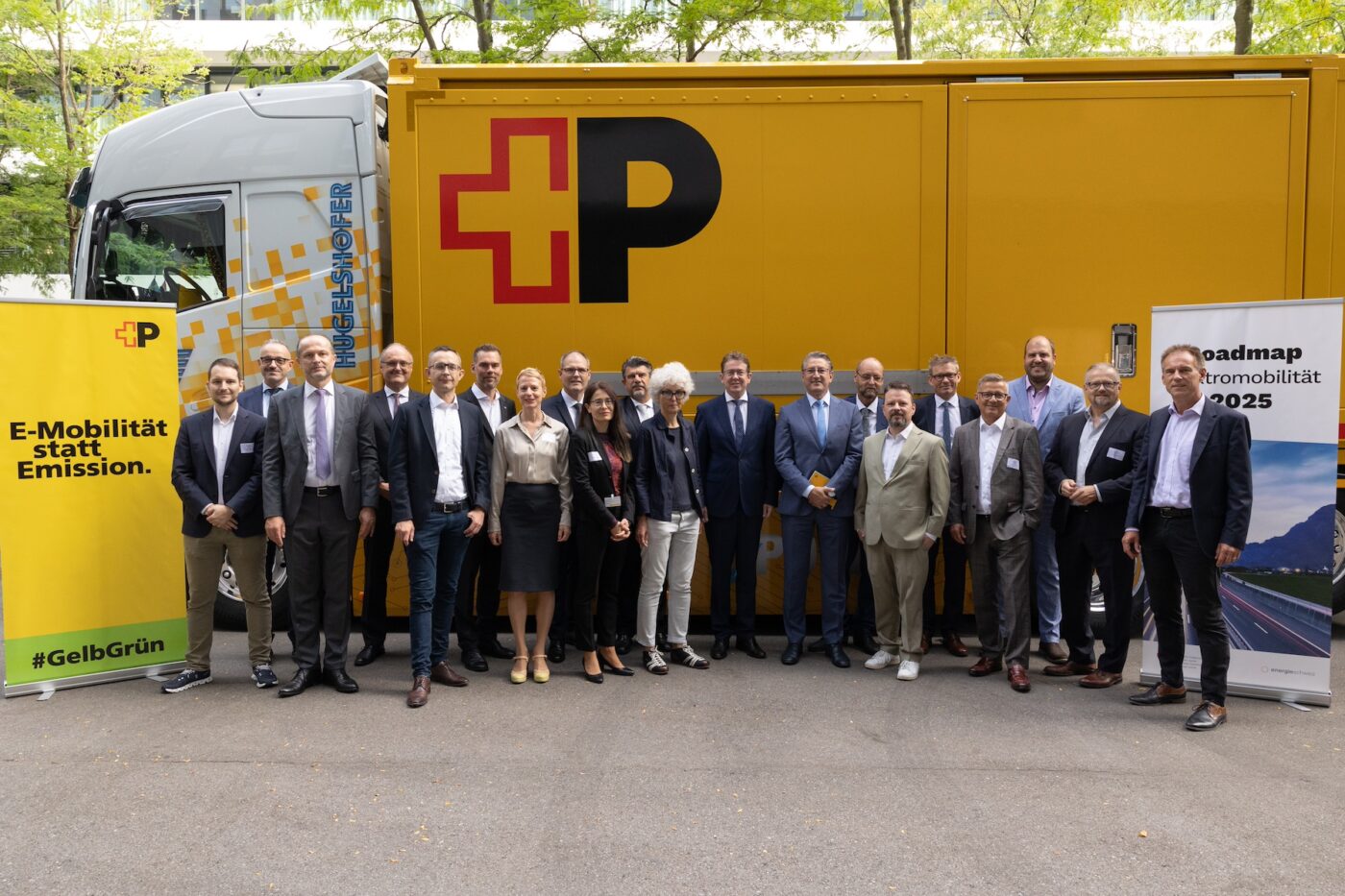Swiss electric mobility roadmap extended until 2030
The roadmap had already been extended to 2025 in 2022, and the targets had become more ambitious. The Electric Mobility Roadmap 2025 currently brings together 71 relevant stakeholders from industry, the public sector, associations, NGOs and academia. One of the 71 stakeholders is the Swiss Post.
The stakeholders signed up to three goals they want to achieve by the end of 2025: Increasing the proportion of battery-electric cars and plug-in hybrids to 50 per cent of new registrations, expanding the charging network to 20,000 publicly accessible charging stations and user-friendly and grid-friendly charging.
The targets for 2025 are incredibly ambitious – and at least the 50 per cent of new registrations for vehicles with an external charging connection are unlikely to be achieved next year, as the figure is currently only 26.8 per cent. The target for charging stations is more realistic, as this figure stood at 14,224 at the end of August. The third target of user-friendly and grid-friendly charging, on the other hand, cannot be quantified.
It is not yet clear what the new targets will look like by 2030. The key data and objectives of the electric mobility roadmap for 2026 to 2030 will be developed in the coming months under the leadership of the Swiss Federal Office of Energy (SFOE) in close dialogue with the stakeholders. One thing is clear: freight and public road transport must also play their part in achieving Switzerland’s climate targets. For this reason, local public transport buses, trucks, and light commercial vehicles will also be integrated into the roadmap. Federal Councillor Albert Rösti invited the representatives of the transport industries to join the electromobility roadmap and work with the existing players.
The electric mobility roadmap is a platform for networking the players. They contribute to the spread of electric mobility with individual measures. In addition, they are involved in joint measures in key areas, such as expanding charging options in specific situations (multi-party buildings, neighbourhoods, points of interest) and the circular economy of traction batteries. The electric mobility roadmap emphasises voluntary measures – regulations should be avoided.
bfe.admin.ch (in German)





0 Comments